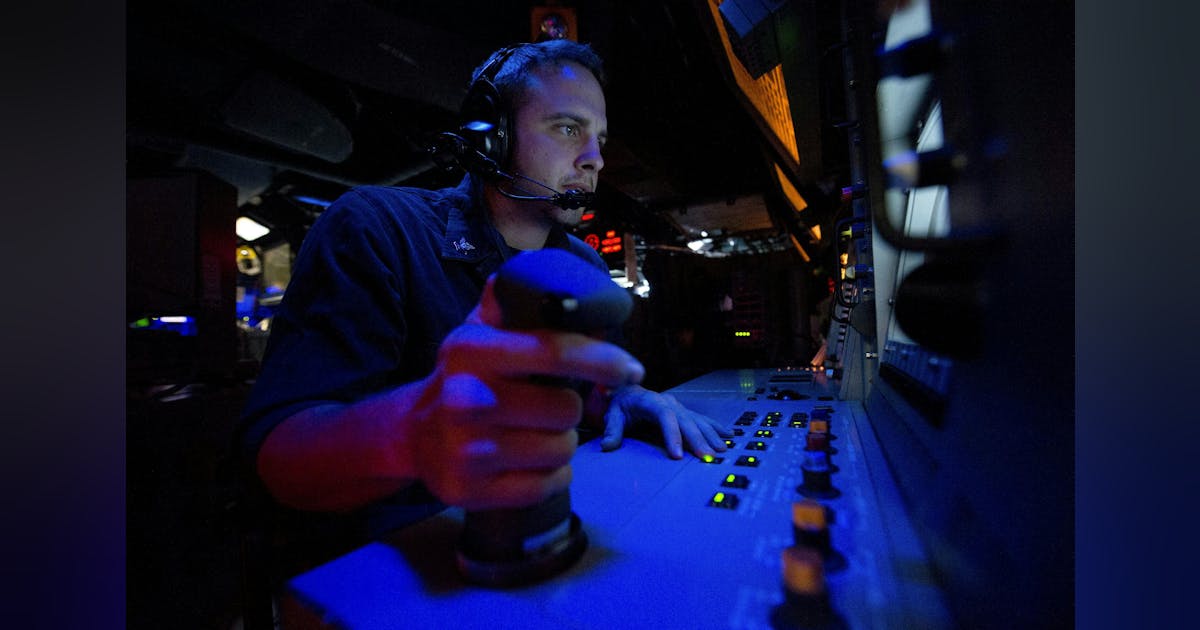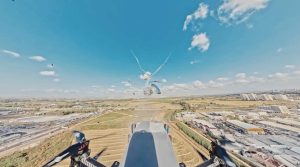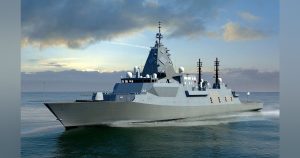Leidos and the Future of Anti-Submarine Warfare: Installing Advanced ASW Systems on U.S. Navy Surface Warships
The hidden depths of the ocean have long concealed some of the greatest threats to naval security. As submarine technology advances, so too must the tools for detecting, tracking, and neutralizing these underwater challenges. Enter Leidos—a leading technology and defense innovator—tasked with installing advanced anti-submarine warfare (ASW) systems aboard U.S. Navy surface warships. This article explores the technology, strategic significance, and future vision behind Leidos’ endeavors in shaping modern undersea combat.
Why Anti-Submarine Warfare Is a Top Naval Priority
Submarines are among the most strategically crucial and formidable weapons in modern naval arsenals. Their stealth, power, and extensive reach make them both hunters and prey in a global maritime chess match. Protecting carrier groups and coastal regions necessitates staying ahead of adversaries with next-generation ASW solutions. The U.S. Navy’s response is a significant enhancement of its surface fleet’s capabilities to detect and counter underwater threats before they strike.
The Leidos Solution: AN/SQQ-89 ASW System
Central to the Navy’s latest ASW efforts is the AN/SQQ-89 Undersea Warfare System, which Leidos will install on Arleigh Burke-class destroyers and Ticonderoga-class cruisers. Here’s why it matters:
Key Features:
- Comprehensive Detection: The AN/SQQ-89 system is equipped to search for, detect, classify, localize, and track underwater contacts, including submarines, mines, and torpedoes.
- Sensor Fusion: Utilizing both active and passive sonar, the system provides ships with an ‘underwater radar’ for real-time awareness and threat tracking.
- Integrated Response: It’s designed to coordinate and initiate attacks on hostile submarines while countering mine and torpedo threats.
- Multi-Sensor Integration: The system tightly integrates with the ship’s Aegis combat system and the vertical launch ASROC system, forming a cohesive defensive and offensive suite.
- Modern Architecture: With POSIX-compliant, Linux-based shipboard software, it offers flexibility, security, and future upgradeability.
- Automated Assistance: Recent upgrades enhance torpedo detection, sonar processing, and operator interfaces, reducing workload and expediting decision-making.
Real-World Impact:
These upgrades allow U.S. Navy vessels to hunt submarines more efficiently, share tactical data, and respond swiftly to emerging underwater threats. This advancement moves away from traditional ‘hunter-killer’ formations to a networked force capable of real-time responses across the globe.
The Broader Leidos Maritime Portfolio
Leidos extends its prowess beyond shipboard systems, driving U.S. and allied naval operations with autonomous and uncrewed platforms:
- Sea Dart: A modular, high-performance uncrewed undersea vehicle (UUV) for mine countermeasures, surveillance, and more—developed from concept to full test in just one year.
- Sea Hunter: The first operational Medium Displacement Unmanned Surface Vehicle (MDUSV), ideal for persistent ASW patrols at minimal cost.
- Low-Profile Uncrewed Vessels (LPV): Designed for transporting logistics over long distances with a low-profile to evade detection.
- Sea Archer, Sea Hawk, Ranger, Mariner: A suite of autonomous platforms complementing manned naval fleets, each tailored to specific missions.
These innovations underscore a strategic shift towards distributed maritime operations, blending manned and unmanned systems for enhanced presence and resilience.
Integration with Naval Command and Control
Advanced ASW systems are not just about better sensors—they’re about making smarter, quicker decisions. Leidos facilitates this through enhanced command and control systems:
- AN/UYQ-100 Undersea Warfare Decision Support System (USW-DSS): This network-centric platform provides Navy commanders with a real-time tactical overview, enabling coordinated attacks and information sharing.
- Open Architecture: The Navy’s focus on open, modular software ensures seamless upgrades and new sensor integrations, keeping systems cutting-edge.
Expert Tips: What Makes Modern ASW Effective?
1. Speed and Flexibility Are King
Quick response times are crucial with stealthy submarines. Through automated detection and data dissemination, naval commanders gain a competitive edge.
2. Training and Human Factors Are Central
The effectiveness of advanced tools depends on skilled operators. Leidos prioritizes intuitive interfaces and integrated training.
3. The Power of Teamwork
Networked ships and drones sharing real-time data are more effective together. Leidos’ approach maximizes this synergy.
4. Modular Upgradability Protects Value
With technology evolving rapidly, open standards ensure longevity and relevance, accommodating future AI and sensor enhancements.
Real-World Example: ASW in Action
Picture a U.S. carrier strike group navigating contested waters. Acoustic anomalies detected by a Ticonderoga-class cruiser trigger a coordinated response. Using the AN/SQQ-89 system, data is shared with nearby vessels and aircraft, leading to a swift, unified counter to the detected threat. AI-driven displays aid operators in neutralizing the threat, ensuring the strike group’s safe passage.
The Human Side: Leidos’ Team and Approach
Technology is powered by a passionate team. Leidos merges long-standing experience with innovation to meet modern-day challenges, partnering with military forces for successful missions. Their track record includes delivering prototypes promptly and advancing key military operations.
The Future: AI, Autonomy, and Unmanned Collaboration
Installing advanced ASW systems like the AN/SQQ-89 is just the start. The future involves greater autonomy, machine learning for rapid threat detection, and deeper integration of manned and unmanned systems. Anticipate AI-powered sonar, autonomous UUV/USV swarms, adaptive mission planning, and low-cost sensors, marking new milestones in maritime defense.
Memorable Takeaways
Modern ASW is a systems approach, interlinking platforms for rapid responses. Enhancements like the AN/SQQ-89 keep U.S. Navy ahead in maritime safety. Leidos leads not just with hardware, but also with smart software and a cooperative spirit, ensuring readiness for future challenges.
Whether you’re a technology enthusiast, a defense industry insider, or simply intrigued by the deep-sea chess match, keep an eye on Leidos and the Navy’s evolving ASW arsenal. The future of maritime security is exceedingly intelligent, swift, and collaborative.













